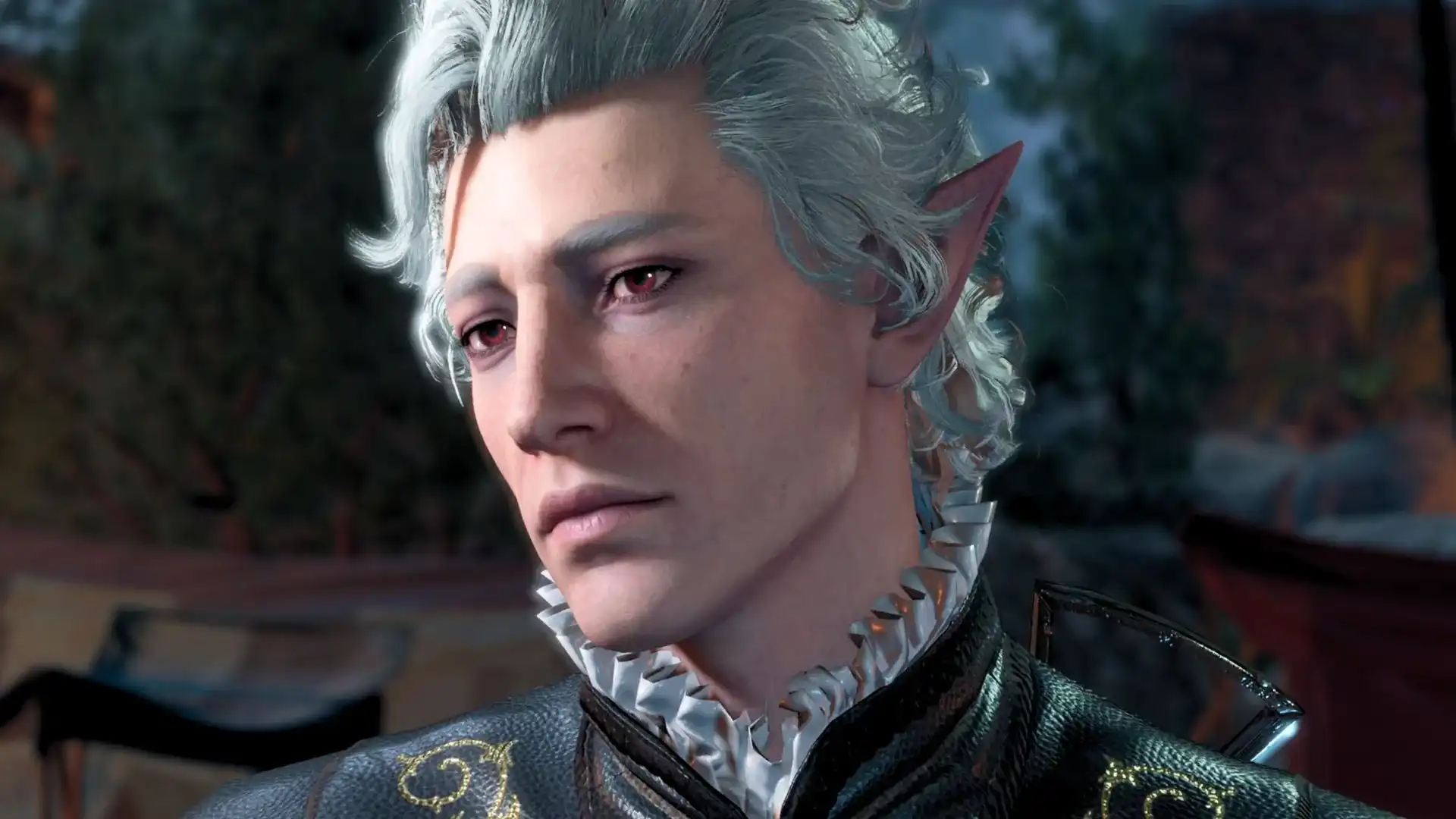Creative intersections between varied game worlds lead to intriguing possibilities. Baldur's Gate and Darkest Dungeon are two universes that carry the potential for a unique fusion. They possess similar thematic elements, such as dark fantasy setting, intense combat, and emphasis on decision making.
Looking at the grim yet exciting world of Darkest Dungeon, an indie game widely acclaimed for its Lovecraftian horror elements and challenging gameplay, one can spot similarities with the narrative style of Baldur's Gate. They both compel players to delve into the worst fears and anxieties of their characters, making for a thought-provoking experience.
Characters in Darkest Dungeon are pushed to their psychological limits, battling paranoia, fear, and even insanity. This psychological exploration is a key part of the gameplay and narrative. Similarly, in Baldur's Gate, characters grapple with their deepest existential doubts and carry moral burdens and choices, which add depth to the narrative.

Notably, both games have a dynamic character progression system. The array of choices players make throughout their journey significantly impacts every character's evolution. This dynamic growth results in rich storytelling, strengthening the sense of immersion and investment in the game world.
These similarities extend to the visual aesthetic as well. Both games utilize a hand-drawn aesthetic that adds to their dark fantasy mood. This harmony is visually represented in the stunning fan art that combines elements from both universes into a unified piece.
In addition, both games share a complex and dynamic combat system. Choices in Baldur's Gate can lead to life-or-death consequences for characters, reminiscent of the punishing difficulty level in Darkest Dungeon. This shared brutality invites players to plan strategically and think on their feet.
While Baldur’s Gate and Darkest Dungeon share many similarities, it’s the combinations of these traits that make a fusion of the two so alluring. The idea of combining such distinct yet thematically intertwined games can lead to fascinatingly unique outcomes.
Both games effectively blur the lines between horror, fantasy, and strategy genres. The hybridization of their shared themes can help infuse fresh perspectives and gameplay opportunities not seen before, invigorating their legacies even further.
The frameworks of Baldur's Gate and Darkest Dungeon also lend themselves beautifully to the concept of modding. Modders delight in manipulating these game fragments, reshaping the narrative, and visual elements to create fresh gaming experiences.
Such an amalgam paves the way for a game unafraid to delve further into elements of psychological horror and moral ambiguity. These elements, present in both games, could be explored further through character dialogues, choices, and the potential for diverging narratives.
The union of these themes and game mechanics entails a unique exploration of psychological response in a fantastical setting. The crossover presents an opportunity to dwell deeper into character personalities, motives, and reactions.
Combining Baldur's Gate and Darkest Dungeon not only represents an intriguing shift in RPG gaming norms but could also lend to a profound exploration of the elements that make these games engaging: their focus on narrative depth, character progression, and strategic combat.
Character interaction is another facet where a crossover could result in rewarding gameplay. The relationship between characters in both games affects their efficiency in combat and their development, opening up the possibility of dynamic and diverse team dynamics.
Transforming the crossover into a playable reality could usher in a wave of innovation within the RPG genre. The amalgamation can result in a game that pushes the boundaries of immersive storytelling, complex combat strategies, and profound character development.
This innovative fusion could lead to the emergence of a dark fantasy world enriched with qualities from both its parent universes. It'd bring together the horrors of Darkest Dungeon and the role-playing depth of Baldur's Gate into a consolidated game world.
This combination can inspire gamers to adapt and change their strategic approach to every combat situation. It would test their flexibility and understanding of the game mechanics, creating an immersive and challenging game environment.
The amalgamation could implement character development with an amplified focus on psychological intricacies, borrowed from both games. This aspect could offer a riveting depth to the characters, reflecting true-to-life human emotions and dilemmas.
In addition to the central elements, the fusion of these game worlds would benefit from the existing locations and the expansiveness that defines Baldur’s Gate, coupled with the haunting, gothic design of Darkest Dungeon. This mixture would lead to a richly textured game world.
Suffice to say, the possibility of merging Baldur's Gate and Darkest Dungeon into a unified gaming experience is exciting. Whether implemented in an official game or as a dedicated fan project, it holds a remarkable potential to redefine the role-playing experience.
Finally, it's thrilling to ponder the potential of such a fusion, with the sheer imaginative power that gaming holds, the possibilities are truly boundless. For fans of Baldur's Gate and Darkest Dungeon, this speculative crossover promises a daunting, yet exhilarating journey into uncharted territory.